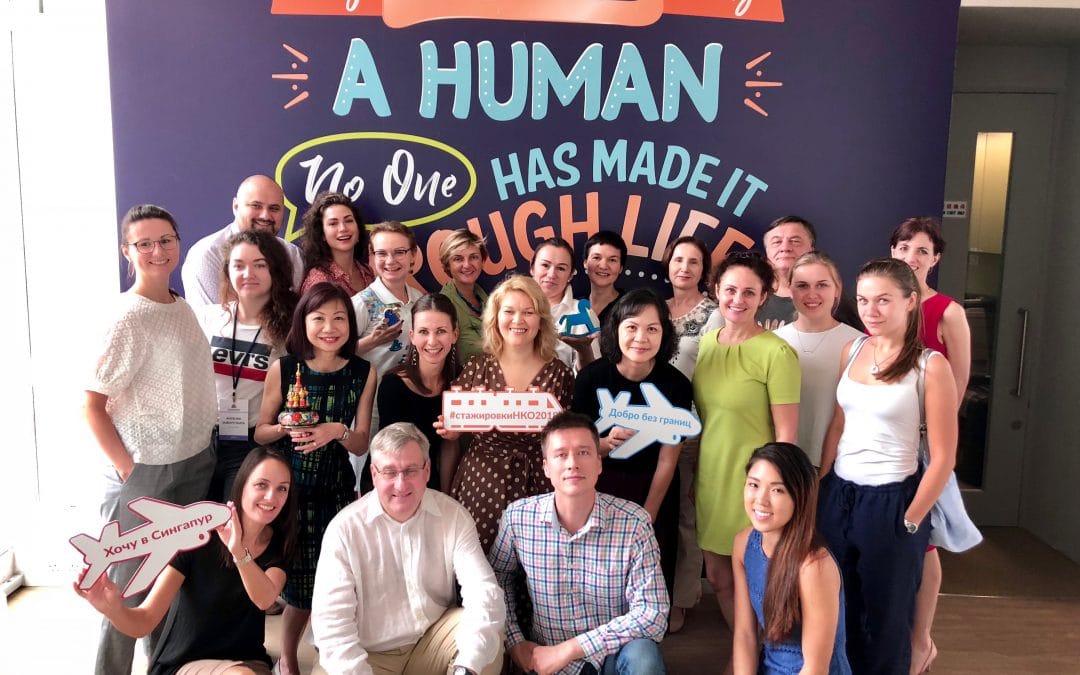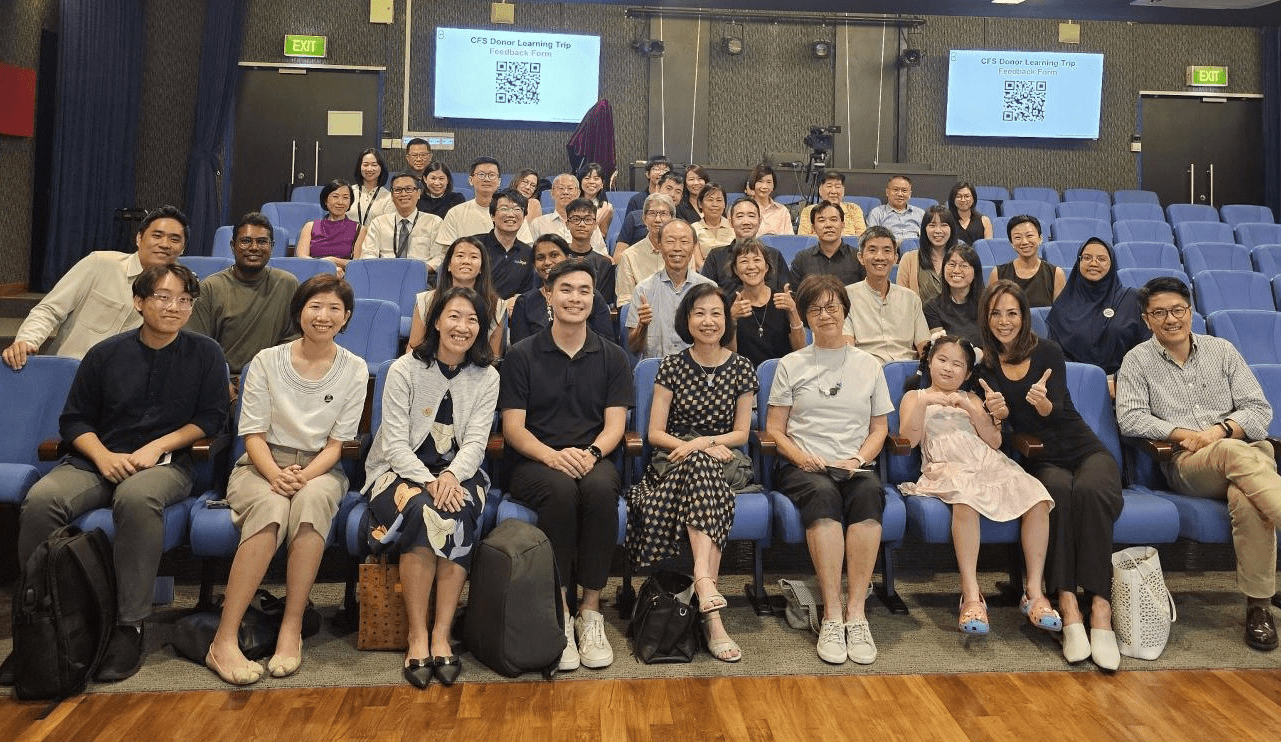Visit by Moscow-based non-profit organisations


A Russian delegation comprising heads of various non-profit organisations and foundations recently visited the Community Foundation of Singapore (CFS) as part of a study trip organised by the NGOs Resource Centre of the City of Moscow.
The group’s main purpose was to meet with local non-profit organisations, exchange views and experiences as well as understand the impact the non-profit sector has on Singapore’s sustainability and quality of life.
The group represented various Moscow-based non-profit organisations providing support to disabled, sick or disadvantaged children, war veterans, environmental issues as well as promoting volunteerism and inclusive education and training with the help of new technologies.
During the lively two-hour session, we shared about our work with donors and charitable organisations, governance and marketing outreach. The participants and CFS team exchanged views on government support, tax benefits, fundraising and sustaining donor support – all of which are crucial to ensuring the long term survival of non-profit organisations around the world. The group was particularly interested in learning about how endowment funds generate sustainability for charities. They were also impressed by our recent ‘Portraits of generosity’ campaign and how the role of marketing was important to achieving awareness and growth.
All in, it was an engaging and enriching experience with both sides gaining a better understanding of the common challenges non-profit organisations face. We hope to take up on the group’s invitation to make an exchange trip to Moscow one day.
A Russian delegation comprising heads of various non-profit organisations and foundations recently visited the Community Foundation of Singapore (CFS) as part of a study trip organised by the NGOs Resource Centre of the City of Moscow.
The group’s main purpose was to meet with local non-profit organisations, exchange views and experiences as well as understand the impact the non-profit sector has on Singapore’s sustainability and quality of life.
The group represented various Moscow-based non-profit organisations providing support to disabled, sick or disadvantaged children, war veterans, environmental issues as well as promoting volunteerism and inclusive education and training with the help of new technologies.
During the lively two-hour session, we shared about our work with donors and charitable organisations, governance and marketing outreach. The participants and CFS team exchanged views on government support, tax benefits, fundraising and sustaining donor support – all of which are crucial to ensuring the long term survival of non-profit organisations around the world. The group was particularly interested in learning about how endowment funds generate sustainability for charities. They were also impressed by our recent 'Portraits of generosity' campaign and how the role of marketing was important to achieving awareness and growth.
All in, it was an engaging and enriching experience with both sides gaining a better understanding of the common challenges non-profit organisations face. We hope to take up on the group’s invitation to make an exchange trip to Moscow one day.
- Related Topics For You: ACCESSING QUALITY EDUCATION, CHARITY STORIES, CHILDREN, CLIMATE & ENVIRONMENT, DIRECT AID, DONOR STORIES, DONOR-ADVISED FUND, ENVIRONMENT, EVENTS, HEALTH, INCLUSIVITY & INTEGRATION, PERSONS WITH DISABILITIES



